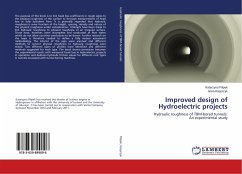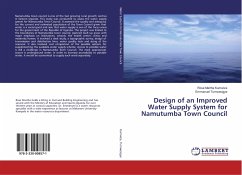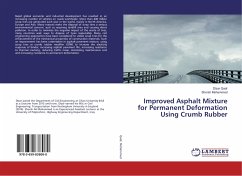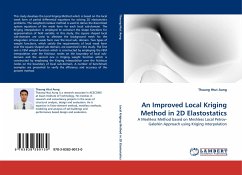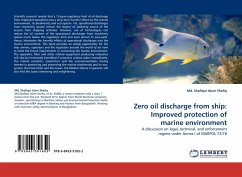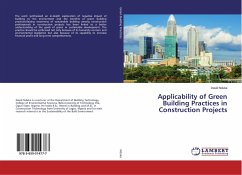The purpose of this book is to link head loss coefficients in rough pipes to the physical roughness of the surface to through measurements of head loss in fully turbulent flow. It is generally regarded that hydraulic roughness is some function of the height, spacing, density and nature of the physical roughness under consideration. Attempts have been made to link hydraulic roughness to physical roughness of an irregular surface. Those have, however, been incomplete and conducted at flow states which do not allow concrete conclusions to be drawn. Further research on the topic is therefore needed to define a fully mature assessment methodology. The interior of the pipe were scanned and different methods to convert physical roughness to hydraulic roughness were tested. Two different types of profiles were identified and different methods suggested for each type. The book shows connection between the experimental results with measured head loss in hydroelectric projects in operation and deduces hydraulic friction values for different rock types in tunnels excavated with tunnel boring machines.
Bitte wählen Sie Ihr Anliegen aus.
Rechnungen
Retourenschein anfordern
Bestellstatus
Storno

